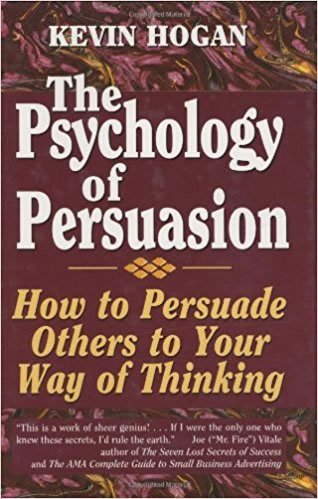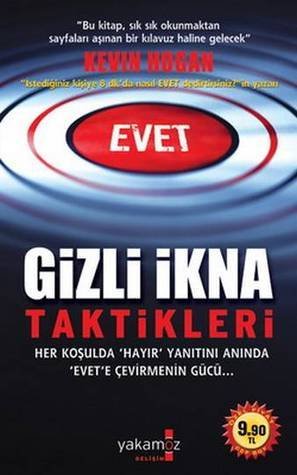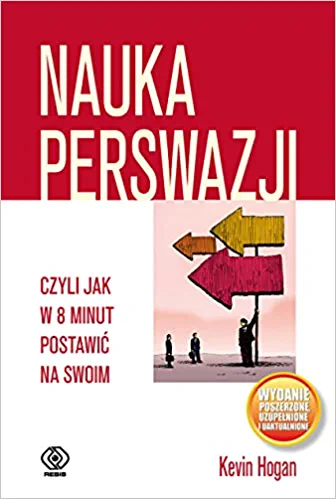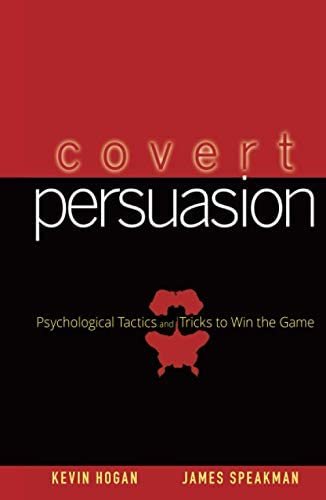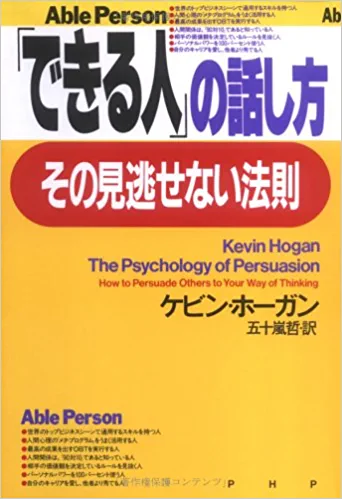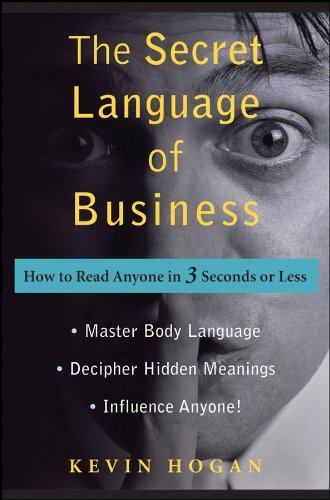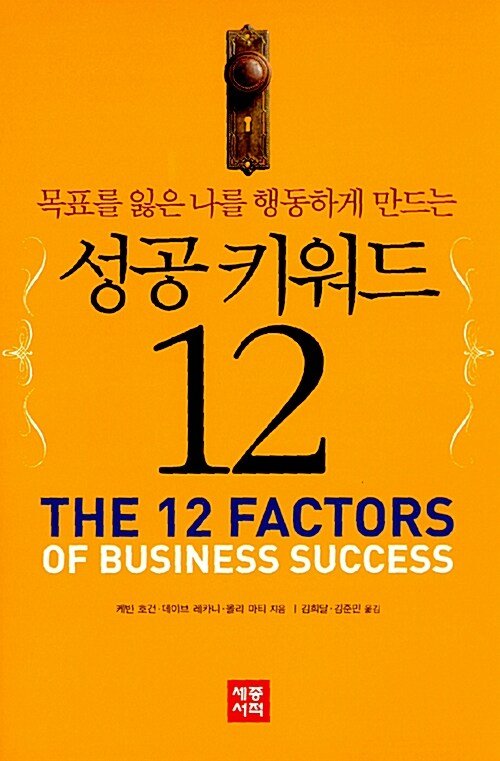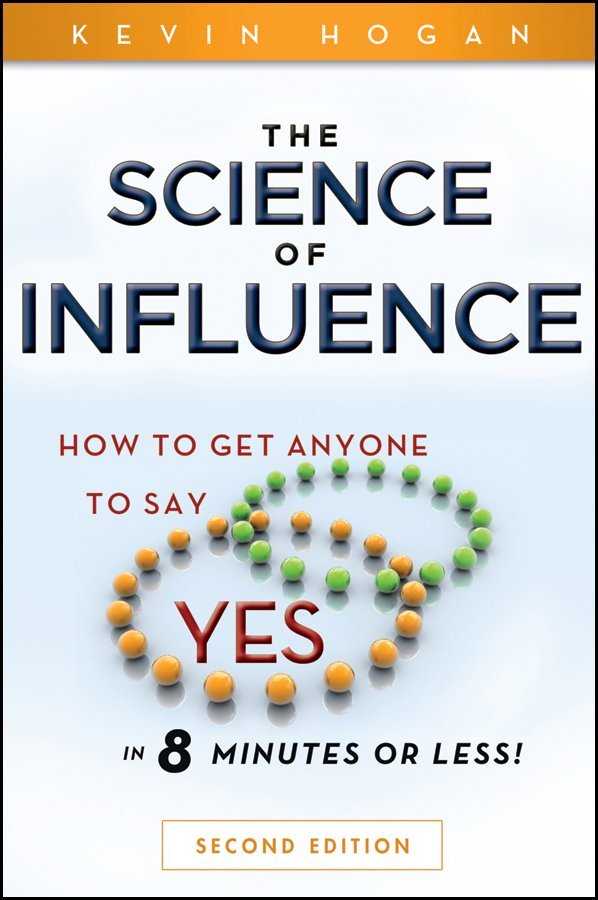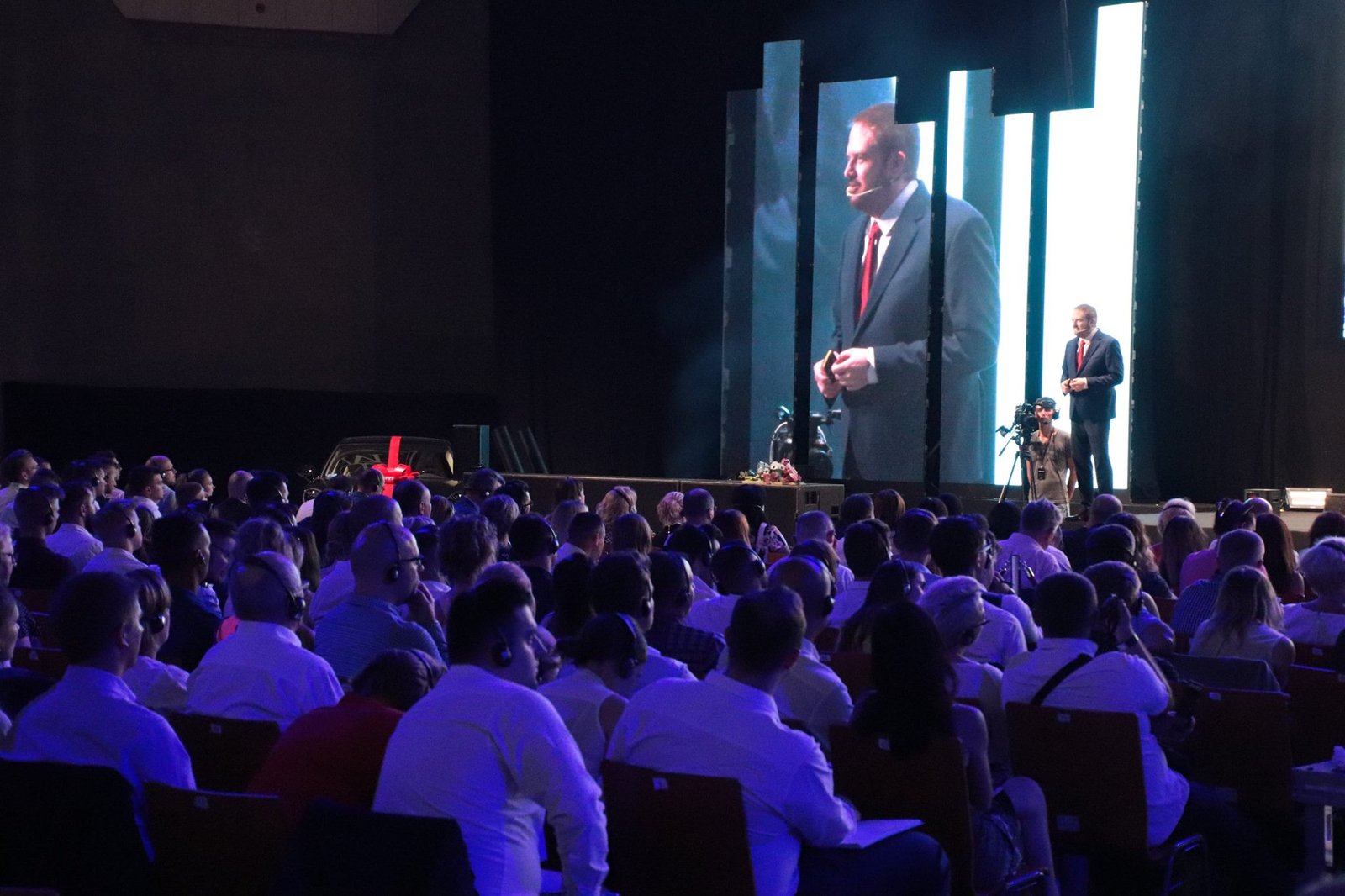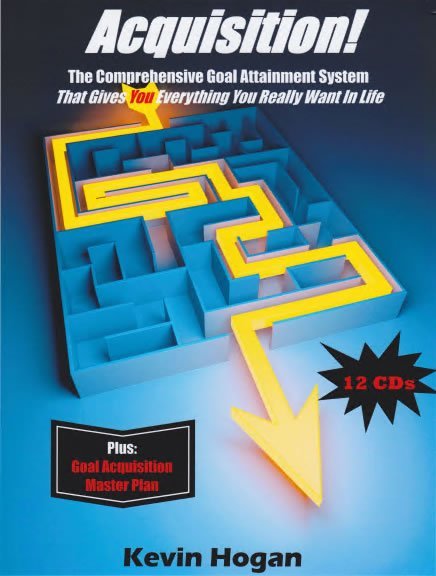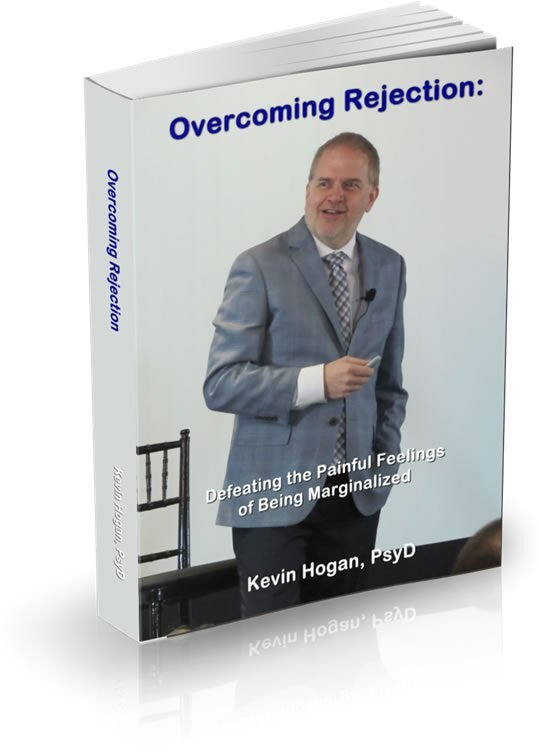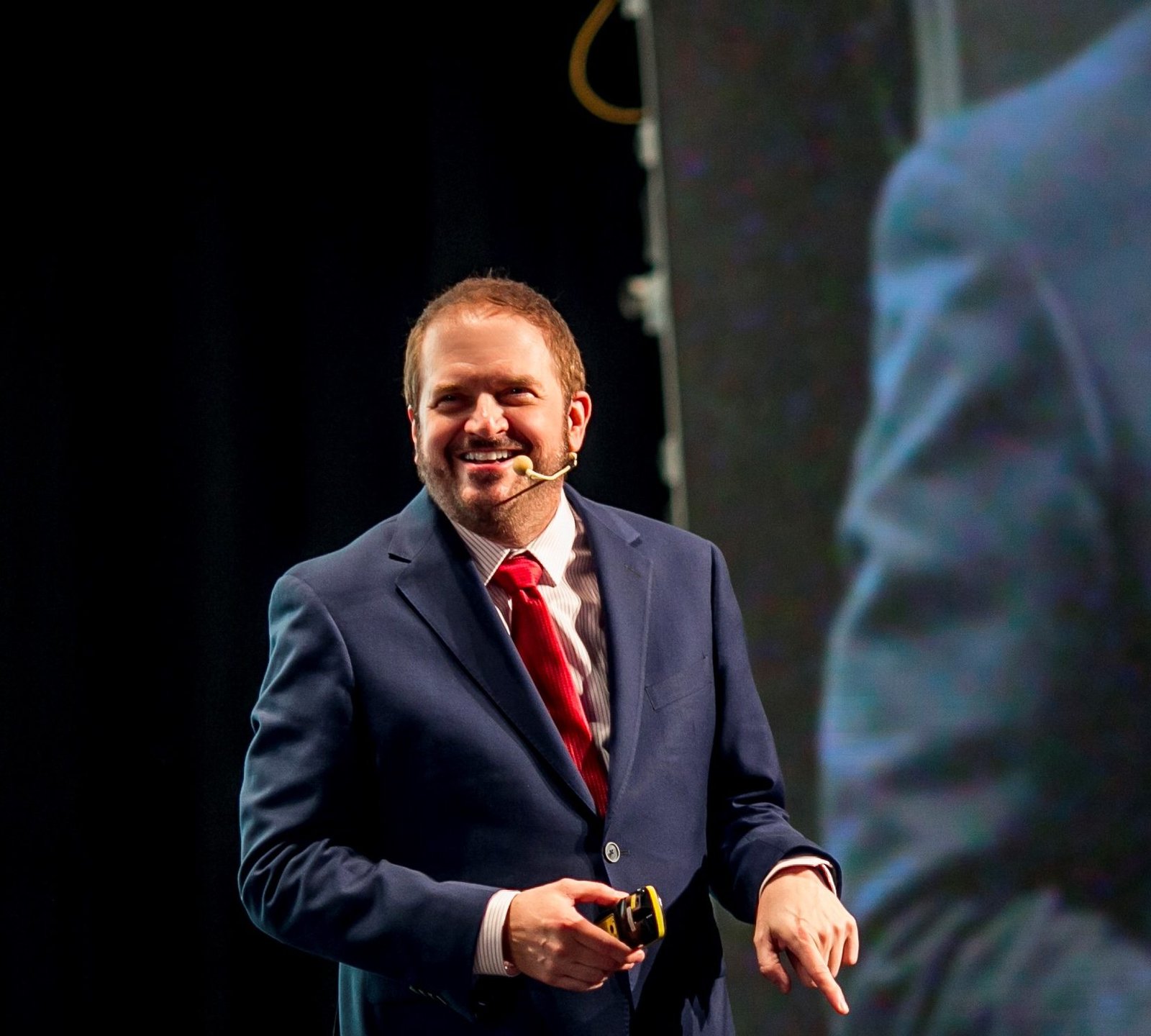
“Let’s give them the most industry secrets anyone has ever done today.”
We both agreed. It’s been awhile and it’s still absolutely brilliant. It was 2010.
I had a back and forth conversation with Roberto Monaco of www.InfluenceOlogy.com about how you can master persuasive strategies.
 That discussion has been edited and I’ve removed a great deal of the material that has appeared in my programs over the years. My outcome in this series of articles is for you to learn more about what Roberto Monaco has for you.
That discussion has been edited and I’ve removed a great deal of the material that has appeared in my programs over the years. My outcome in this series of articles is for you to learn more about what Roberto Monaco has for you.
The beginning of the discussion has been placed at the END of the article this week. It introduces Roberto in depth. Do read it, but get to it after you have digested some of this amazing material that’s here just for you.
Roberto is from Brazil and the transcript reflects that!
Roberto and his partner, Jeff Paro, specialize in one-to-many influence and that’s what we talk about today…
Kevin … Anybody can talk in front of a camera, but it takes a lot to be influential on video. Talk about just what is one-to-many communication and why do you think that every business has to be doing this now.
Roberto … We define one-to-many communication as every time you speak to influence groups of people.
 Online through webinars, conference calls, podcasts, or offline; sales meeting, keynotes, trainings. Online, when you record a video and you want to influence.
Online through webinars, conference calls, podcasts, or offline; sales meeting, keynotes, trainings. Online, when you record a video and you want to influence.
By the way, I’ll be talking about the three types of videos, everybody on this call must learn how to do, later on. Basically when you record presentations or you do presentations live or on a webinar like, they’re called e-presentations like the one you’re doing right now, or webinars or videos. I actually counted 18 reasons why becoming a master presenter is your best investment, but I just want to limit it to five here, real quick.
1. As you present, you position yourself as an expert, you go into educational marketing. I don’t care if an accountant, financial planner, lawyer, if you’re educating your clients, providing value to them, you position yourself as an expert
2. Presentation with technology today is leverage, its pure leverage. So many times you are saying the same thing over and over and over to your clients, why not record it once and then you can send it to them. You can record one video and it can be selling while you’re sleeping.
3. Positive impact. We have a fundamental belief here at InfluenceOlogy, that everything we do must be win, win, win. If it’s not, win, win, win, we don’t do it. You never see us helping companies who sell cigarettes because maybe it’s a win for us, it’s a win for them, but it’s not a win for the community. Influence, for us, we at InfluenceOlogy we have to win, our clients have to win, and community has to win. Ultimately it’s about positive impact.
4. Of course, people on this call, I believe the primary reason is to make money as you’re in front of groups. Think with me, if you can sell one person, you limit yourself because there are so many one appointments you can do. The last two days I spoke in front of 300 people, think about it. There’s a lot of power and the more leads you have, of course, if a conversion is good, can make more money.
 5. Personal Growth. Every single time you present, you push yourself to learn more, to present better and to influence more people so you create, win, win, win scenarios. That’s how we define it and that’s why I believe it’s the best investment, influencing groups of people.
5. Personal Growth. Every single time you present, you push yourself to learn more, to present better and to influence more people so you create, win, win, win scenarios. That’s how we define it and that’s why I believe it’s the best investment, influencing groups of people.
Kevin … It’s pretty hard to find anything that could be more valuable that to be able to stand up in front of a group of people or get on the telephone or to be able to be in front of a group and to be able to influence. If you could pick any skill to develop, there’s nothing that I can think of that would be more valuable.
Roberto … Everything that you teach, I am a Kevin Hogan maniac, you can apply. When I share our 10 step presentation, it’s going to blow you away, you’ll see how many of Kevin’s laws of influence that I put in a system here. It is the most important thing that you can do.
The 4 Pillars of Influence…
Kevin … The Internet marketers who are the most successful are the ones who have a good presence in front of the camera, the people who can really connect with the listener, for sure, that’s absolutely true. Anybody who says otherwise doesn’t know what they’re talking about. Let’s get some massive notes here now for people. Why is it that some people are really effective and some people are not? What is the difference between an effective influencer, an effective presenter and not? Where do we see the distinctions, what are the keys?
Roberto … Write this down. Every time I say write this down this is from Kevin Hogan, he said write this down because it’s worth at least $10,000 to you, if you use this. Write this down. In influence group there are four pillars you have to master:
a) Psychology, we’ll be talking about that.
b) Structure, we’re going to spend the most of the call here,
c) Influence; and
d) Delivery. I won’t spend too much time on delivery here, but we’ll spend time in structure a lot, and influence psychology.
Psychology is what causes you to be confident, to have presentation consistency and to be effective. On this call right now some of you who are doing presentations a lot, some of you are doing sometimes and some of you are not doing at all. Ask yourself why, for those who are not doing consistently or not doing at all, why? Usually it comes down to what I call the FUNDA, Fear, Uncertainty, Nervousness, Doubt, and Anxiety. You have to deal with that.
Kevin … Everyone (reading this) write that down.
Roberto … FUNDA. Fear, Uncertainty, Nervousness, Doubt, and Anxiety. This is what stops most people. When it comes to psychology there are two aspects; what stops people and some people they’re not afraid but they have the wrong beliefs about influencing groups, I’ll be talking about that.
For some of you right now who have a little challenge, “Roberto, I feel a little uncomfortable speaking to groups or recording a video. People say I don’t look good on camera.” Have you heard that before, Kevin? They say I don’t look good on camera. When you go to 7-11 that’s how you look. When you go to Target, that’s how we look. You’re just not used to seeing yourself, but that’s how people see you.
I want to spend a lot of time here giving your readers an influential structure. I want to talk about three things, to make sure your psychology is strong. Write this down.
- Purpose. Great book, Drive. Pink talks about the three levels or phases of motivation. Motivation 1.0 was about survival, caveman. Motivation either you kill to eat or you die.Motivation 2.0 that’s the motivation that you grew up with. Profit, maximization, that’s the reasons coping is alive to make money.Motivation 3.0 is called purpose maximization. If you’re clear about your purpose, why you want to do it, why you want to speak, why you want to help people, why you want to impact the community, your purpose will be bigger than your fear. Your purpose will allow you to take action consistently. If you’re not taking action consistently when it comes to presentation, go back and look at your purpose.
- Beliefs. Beliefs are basically an emotional validation of our thought process. They’re not thoughts we have thoughts all the time and some things to believe to be true you validate them emotionally yes or no and you act upon it becomes a belief. There are several beliefs that allow you to be successful. I want to give you one that’s very simple. People want you to be very successful when you present. Right now some of you are in New York, some of you are in Colorado, some of you are in California, it’s late in the evening and you took the time to hear us out here, right?That means you don’t want me and Kevin to do anything but give you the very best.
- Here’s a strategy that will help the listener overcome fear, uncertainty, nervousness, doubt, and anxiety in speaking. Write this down. This is really powerful stuff.
Everybody right now is at point ‘a’.
“What do you mean, Roberto, point ‘a’?” They are making ‘x’ amount of money, their health is one way, relationships are one way, their amount of free time they have to experience is one way. Everybody is in their own point ‘a’ right now.
Everybody wants to go to point ‘b’.
Everybody in this call wants to make more money, everybody in this calls wants to be healthy, everybody on this call here wants to be happier, everybody on this call wants to spend more time with the family, everybody (reading this) wants to have more freedom, experience more freedom, everybody.
The challenge that when we present, most of us put the spotlight on us, how do I look, how do I sound. As long as you put the spotlight with focus on ourselves we experience fear, uncertain doubt. All we have to do is understand that your audience, whoever your audience is, they are in point ‘a’ and they want to go to point ‘b’ and all we have to do is communicate in a manner that everything you do is to move them from point ‘a’ to point ‘b’ and put the focus on them. Ultimately any presentation you do has nothing, nothing to do about you. Once people get it some people really experience breakthrough.
Let me give you an example, Kevin. We were working with a financial planner, very, very successful financial planner. She had more than 600 doctors working with her and she came to a point in her career that she said “Roberto doing the one-on-one appointments takes too long, too much time. I want to speak and do seminars for doctors but I have this huge fear of public speaking. I’m very successful at one-on-one.” And we worked with her and now she does around 30 talks across America. She is speaking for American Medical Association, she’s a superstar. Now she made a new neuro connection I had that every time presents is about the doctors, moving them from point ‘a’ where they are, to point ‘b’ as a better practice. That’s how a couple strategists overcome this fear, uncertainty, doubt, and anxiety. I’m curious to know how you, being psychology, a doctor and you have a lot of clinical work before you become a speaker, a trainer. How do you help people overcome this fear of public speaking? I’m really curious to know how you do it.
Overcoming Your Fear…
Kevin … Let’s start right where you left off which is external focus. If I just focus – right before I go on stage somewhere I always have somebody with me who is going to look at me and brush off the shoulders and check the hair and make sure that there’s nothing stuck in my teeth and do all those things. You do need to have that sense of security when you walk on stage, but the fact of the matter is that I spend an enormous amount of time in presentation for every single presentation I’m going to give.
 I think about the audience in general. This might be a good hour at boot camp but in general you want to learn your material to where you know it, you don’t memorize your material but you want to know what you’re going to be talking about better than anybody in the audience, so you really are the expert on the subject. If you start there with what you know the other person needs to know then you’re not just parroting or mimicking what every other speaker out there is talking about.
I think about the audience in general. This might be a good hour at boot camp but in general you want to learn your material to where you know it, you don’t memorize your material but you want to know what you’re going to be talking about better than anybody in the audience, so you really are the expert on the subject. If you start there with what you know the other person needs to know then you’re not just parroting or mimicking what every other speaker out there is talking about.
This is one of the great things about presenting is that if you really, really focus hard on your message and the needs of the other people that are out there you take a lot of pressure off of yourself and you don’t have to worry about all the times you say um or you do something goofy on stage. I make so many mistakes every time I give a presentation; whether it’s on video. I’ll go back and I’ll watch myself on video and I always wonder how bad it’s going to be. The fact is, most of the time, even when I think it’s pretty bad, it’s actually not too terrible. I don’t do any editing on anything. I talk from ‘a’ to ‘b.’
The up side of that is that you build trust and credibility faster because people see you make a mistake. With you, Roberto, you might mispronounce a few more words than the rest of us perhaps. Basically you want to think like this, you’ve got material that you want to communicate whether it’s in front of an audience on stage live, doesn’t matter whether it’s on video. You learn your material, then you know it, then you prepare it – I should slow down because everybody has to write this down.
I outline everything down to 10 words.
Roberto … What do you mean 10 words?
Kevin … Good question. I think about the audience I’m speaking to. Recently I spoke to 1200 people. A very unique group. A very spiritual and success minded people and they’re very much believers in the law of attraction. I obviously don’t fit in, right there. I have to find all the common ground that I can get.
Because I’m there for the purpose of enriching their lives. That presentation has to be brilliant, but I also have spent thousands and thousands of dollars and a good couple hundred hours creating a very cool program that I want this specific audience to buy.
When do I want them to buy it? I need them to buy it at the end of my 2 ½ hours and I’m talking straight through. I need to develop; I have to work on ways, what do these people need to see in Kevin Hogan that’s going to develop trust and credibility, because people buy the brand. I’m establishing brand rapidly, as fast as I possibly can. The 10 words that I’m going to do are going to represent 10 stories. Each word represents one story. I have a story about a little girl in Chicago that I tell. You know the story.
Roberto … Barnes and Noble.
Kevin … Right. That’s the story about the little girl. Then there’s a story I have that I tell about Clinton and how the New York Post picked me up and they wanted to do that and that’s what started that whole body language which sort of stream of the career. That’s just one story.
These 10 words, whether it’s summarizing content or a story they go in consecutive order; 1, 2, 3, 4, 5, 6, 7, 8, 9, 10 on the note card and that note card goes inside of my jacket, my coat.
If I were to space out, which I have done before on stage, lose completely where I’m at, if I’m not having a great day, about one out of every 50 presentations I give I pull out my little note card which is right in there and I just look and I have instant comfort because I have prepared all of this material. All I did was just mentally give off a train track and now I put myself right back on it and so I’m there.
Roberto … That is a brilliant strategy.
Kevin … Thanks. It’s been helpful when you really need it in the emergency and you can go from doing absolutely no business that day to building back the business that you need to do at the end of the day at the back of the room, do develop your long-term, just with that one little card. This includes, if you have a PowerPoint because even if you’ve got a PowerPoint, I promise, I guarantee there will be a day when that PowerPoint does not work, you will flip a switch and it won’t come up.
The people who don’t know their material, the people who rely on the PowerPoint that’s cool 92% of the time and the other 8% of the time there is no screen, the PowerPoint machine doesn’t work, it doesn’t advance, the frame thing dies, the remote control battery goes dead.
I’ve experienced every single one of these things somewhere in the world and stuff goes wrong. The person who walks in with their presentation prepared and the material prepared and the note card in the pocket you’ve got it with you forever.
In front of a video, if you speak regularly to your video camera, just turn on your video camera and constantly be playing with it. Goof around with it even, just start to get familiar with the idea that that lens is on you and then it’s really okay. One of the things that I do is just one other thing. I have a friend whose name is Mark Ryan, he was actually on the phone call last night and we were talking about subliminal influence. Mark is one of those guys that is a great friend, he’s a great supporter but I also have to live up to a standard to present to people like him. Whenever I make a video I usually think of somebody like Mark Ryan is sitting there watching me, talking with me and I just create my imaginary friend. I don’t tell very many people this. Don’t tell anybody else this either. When you see me making the funny looks there’s nobody in the room except for me and Mark and Mark lives in California.
Those are a few good strategies that people can use to overcome that fear of presenting and tools like that. Get familiar with that video camera. If people can become familiar with the video camera and just know that it’s there you will be way more comfortable when you start doing stuff that’s going to be designed to make you money.
Back to you. We were talking a little bit about the psychology of influencing as being the first pillar. You said the second pillar is structure. Let’s talk about structure and let’s go deep here.
The 2nd Pillar of Influence…
Roberto … At Influence: Boot Camp, I’m going to give you a formula that has 10 steps. Today I want to give you a summary. When we do Boot Camp I’ll open all of the doors.
One video I want your readers to know about is called conversion video. Conversion video is a longer video that could be a 7- 20 minutes that you’re going to sell yourself, sell a product, and sell a service. You really want them to take action to buy the product, download this, but my email is a conversion video. Then you have the wellness video to build up your brand. Then you have a teaching video that’s just going to teach a skill.
 This formula that I’m about to reveal to you is either to do a conversion video, a webinar, teleconference call when you’re just you speaking, or you’re doing a live 45 minute or 90 minute presentation, when you go in a live crowd.
This formula that I’m about to reveal to you is either to do a conversion video, a webinar, teleconference call when you’re just you speaking, or you’re doing a live 45 minute or 90 minute presentation, when you go in a live crowd.
When I do keynotes and I’m selling from stage I use this. When I do conversion videos I’m using this. When I’m doing webinars I’m using this.
That 10 step process:
1. You’re always going to have a good opening. You want to have a good opening in the presentation because something that I learned from Kevin; I’m going to quote you here a lot, Kevin, The Law of Primacy I learned from Kevin and The Law of Recency. People remember what comes first so your opening has to be unique for several reasons:
- When you start speaking, people are thinking about something else, they’re not thinking about you so you’ve got to stop and break their thinking pattern and make focus on you.
- If you have a weak opening, your weak opening is going to frame your content that comes after. If you have a great opening, the great or strong opening is going to frame the content. That’s why you want to have a strong opening.
There are 10 to 13 different ways to start a presentation. I love to talk about stories, quotes, questions, and statistics. Opening is the first thing you say when you record a video or are doing a webinar or are speaking. You want to make sure you think about your opening. When I’m doing live presentations, people introduce me I do straight into a story. I remember at your 2006 Influence: Boot Camp, when you start boot camp you don’t say ‘hi’. You were talking to a guy and then start telling stories I didn’t understand why you’re doing. Now I get it because you’re activating the curiosity drive. There are reasons why you’re telling a story in the opening.
2. Pre-framing. That is one area that most people are terrible. Pre-framing, what happens in between your opening and the body or the content of a presentation. What is preframing?
Pre-framing, if you’re in a room or in your office see if you have a picture on the wall, there’s got to be a picture on your wall. What happens if you change the frame around it and you put a pink frame? Put the pink frame around the picture. It’s the same content but it’s going to change the meaning of the overall picture. Correct, because it changed the frame. Most people don’t know how to frame their presentation correctly. I identify eight different types of frames that you do in a presentation. I don’t have time; I’m going to give you three, the most important ones.
- The big why pre-frame. The big why pre-frame are the reasons your audience must listen to you and it falls into the law of readiness from psychology. You want to make your audience ready to learn the material. The law of readiness.You open up a presentation and the reason the information is important to you is because and then go straight in to the reasons why it’s important for them, why they really must pay attention to you, you want to give the reasons right away.
- Content pre-frame. Content pre-frame is increase the relevancy of the information. Let’s say for those single guys and girls out there and you say look I have a friend to introduce you to. How is she? Oh so nice. You ask if she is hot or not, right. Most people say is she hot, is he hot. Pre-framing is the content. So you want to make sure content pre-frame could be a quick phrase like; today I’m going to share with you the structure that has caused me to sell millions and millions of dollars in services in seminars. I just pre-framed the content preframe. Instead of saying I’m going to share a presentation structure.
- Personal story. You open the presentation then you pre-frame it, bit it a big why pre-frame the reasons, the content pre-frame, you increase the relevancy or the importance of your content and you tell a personal story. I’m not going to talk about personal story here because that’s a whole two hours.
3. Define the problem. I want you guys to write down a pyramid in reverse. When you talk about the problem you want to talk about a global problem, you want to use market data.
For example when you’re speaking use 75% in America experience speech anxiety. Public speaking is the number one, number two fear in America. I use market data to define the problem. Then elegantly from my narrative I want to bring the problem all the way down to them so that I create me too frames.
People say, “Me too, I have a fear, me too.” On the top of the pyramid you put the global problem on the bottom you put personal problem. You want to make sure you – I saw a presentation define the problem, but I must think that they have the problem I’m describing through market data first.
Kevin … It creates that extra thing that people know that they’re not alone.
Roberto … That’s good, good distinction.
Drawing them in…
Roberto …Here’s something that I learned from you, Kevin, from all the research done that pain is more powerful than pleasure.
4. Induce the pain. I heard you say a couple times that for every unit of pain you need four units of pleasure. Is that the correct statistics?
Kevin … In most things it’s 2 ½ but when you’re talking from the stage or in a sales presentation, it would be closer to 1:4.
 Roberto … Now I talk about the problem and induce the pain; meaning I want to make sure I really agitate this pain, we want to make sure it’s relevant to them. Remember, step number three I introduce the problem, now people think, like Kevin said, to them now I’m going to make it really personal.
Roberto … Now I talk about the problem and induce the pain; meaning I want to make sure I really agitate this pain, we want to make sure it’s relevant to them. Remember, step number three I introduce the problem, now people think, like Kevin said, to them now I’m going to make it really personal.
I use something that I learned from Kevin, talk about the law of time, from the book The Psychology of Persuasion, when you change time perspective people make different decisions.
What I do, I ask questions here on past, present, and future. I’m changing time perspective here. So let’s say describe the problem and most people have fear of public speaking. Have you ever been in a situation when you had a presentation before and you didn’t do it because you’re afraid? Have you lost money the last two or three years? How about today, if today you would show up to have an opportunity to speak how you would feel? What’s going to happen two years from today if you still being reluctant to present or recording videos, what’s going to happen? Quickly I just put the past, present, and future.
5. Release the pain. What most people have a problem because they talk about the problem not the solution. Unconsciously, when you put people in painful states they’re internally feeling the pain; you don’t want to talk about the solution right away otherwise your product service links to their pain. I always like to release the pain and the way I release the pain is by increasing my volume, breaking the state, asking a question, controlling their focus, changing my tonality. I do something to release the emotional state they are in.
6. Future pacing and the law of hope, meaning not only I release the emotional state but I want to create advertising. It’s almost like a beer commercial, beautiful girl, beautiful girl, beer; beautiful girl, beautiful girl, sports car. Conditioning, right. Here I want to take them from a normal state to like a very positive state and I can do that by telling a story, by asking a question, by giving a metaphor, by creating a compelling future for them.
When they feel they have this mindset life is going to be good, I can see myself doing it then, only then I go to step number seven.
7. Anchor to the solution. That is exactly what I do. Then you talk about a product. How long am I going to be talking about a product? Depends on how long you have to present. You can give your whole system here, you can give pieces of your system here, that’s step number seven. The way I like to talk about what it is, I give the future, the benefits, what it does and then I link to their values or their buying criteria.
8. Prove it using product stories. Product stories they are not case studies, product stories are stories of your clients that were in a situation like your audience is right now, they’re struggling with whatever challenge that they have and now they use your service or your product and now they’re being successful. You want to have your real; it’s got to be real though. Don’t lie, never lie, real product story. If you don’t have one then you’re going to borrow someone else’s product story. If you’re really good you’re going to figure out the major projections to your audience have and you’re going to include in your story because you’re going to prove it. I’m going to prove to you a guy like you, a girl like you just did it, and you can do that also.
9. I go into pre-closing where I sum up the key learning’s of the presentation, I overcome any objection if I haven’t done so, and then I give my final offer. Here’s my offer, here’s what I want you to do.
10. Call to action that I do is very specific direction. Then I leave them the high note for the law of recency, because remember the last thing and I do another call to action.
Review so you really get it…
I know it’s a lot of information here but 1-10 I want to make sure you guys have it to master magnetic persuasion in your presentation.
 I’m going to review here:
I’m going to review here:
1. Powerful opening.
2. Pre-frame your content. Give them the reasons. Tell a personal story.
3. Define the problem using market data. After using market data you make relevant to them. You create me too. Me too, I have this problem. Me too, I’m not alone.
4. Induce the pain by asking questions to make really, really strong.
5. Release the pain by changing your voice, by asking a question, by controlling their focus, by telling a story.
6. Create beautiful scenario, create hope; not fake hope, real hope. If they do it you future pace them. If they do it life will be better.
7. Anchor your solution. How long is the solution? Depends on how long they have to stick. You can give the whole solution, just half the solution, just a piece of the solution.
8. Prove it, create product stories.
9. Pre-close where you summarize the key learning’s, you overcome objections.
10. Close where you give a specific call to action. I want you guys to do this. Then I leave them the high note by telling a story, a short metaphor or quote and I close again and I’m done.
I do this in 5-7 minute video where I’m not in a keynote.
Kevin … That’s the whole thing isn’t it, because it does work in a video and it does work when you’re live on stage.
Roberto … I use this formula, I can do the whole process in 5-6 minutes, I can do an 18 minute video, and I can do it in a 2 ½ hour keynote. That’s the science here and the art becomes how long you have your audience, your outcome. You see how many things I learn. I want to talk about – if you’re on the call right now I want everybody to go to this because this will change your life.
Next week I would like to share with your readers how I used a strategy you gave to me that generated an extra $2,000,000 in business.
Kevin … That sounds like a good place to end for today!
 Roberto Monaco has been a full-time speaker, coach and trainer since 2002, and has conducted more than 2,500 presentations for corporate America. He has worked with the Anthony Robbins Companies for 5 years and was the top producer and revenue generator in the country from 2004 through 2007. From 2005 through 2007 Roberto was hand picked by Tony Robbins to coach and train all of the other sales people at the Anthony Robbins Companies on the art of presentations and influencing from the front of the room.
Roberto Monaco has been a full-time speaker, coach and trainer since 2002, and has conducted more than 2,500 presentations for corporate America. He has worked with the Anthony Robbins Companies for 5 years and was the top producer and revenue generator in the country from 2004 through 2007. From 2005 through 2007 Roberto was hand picked by Tony Robbins to coach and train all of the other sales people at the Anthony Robbins Companies on the art of presentations and influencing from the front of the room.
Roberto has advised and consulted with Fortune 500 companies, executives, managers and sales professionals in the areas of Peak Performance, leadership, psychology of achievement and sales. He regularly conducts training sessions for some of America’s top companies including Toyota, Ford, Remax, Coldwell Banker, Prudential, Century 21, City Bank, Marriott, American Express Financial, Bank of America and Washington Mutual.
Roberto is originally from Porto Alegre, Brazil and conducts workshops and training in three languages: English, Portuguese and Spanish. He has a graduate degree in Marketing and holds an MBA from National University.
Attend an online e-course with Kevin Hogan!
Learn about Kevin Hogan’s Comprehensive Wealth Accumulation E-Course
Details:
About the Wealth Accumulation E-course


